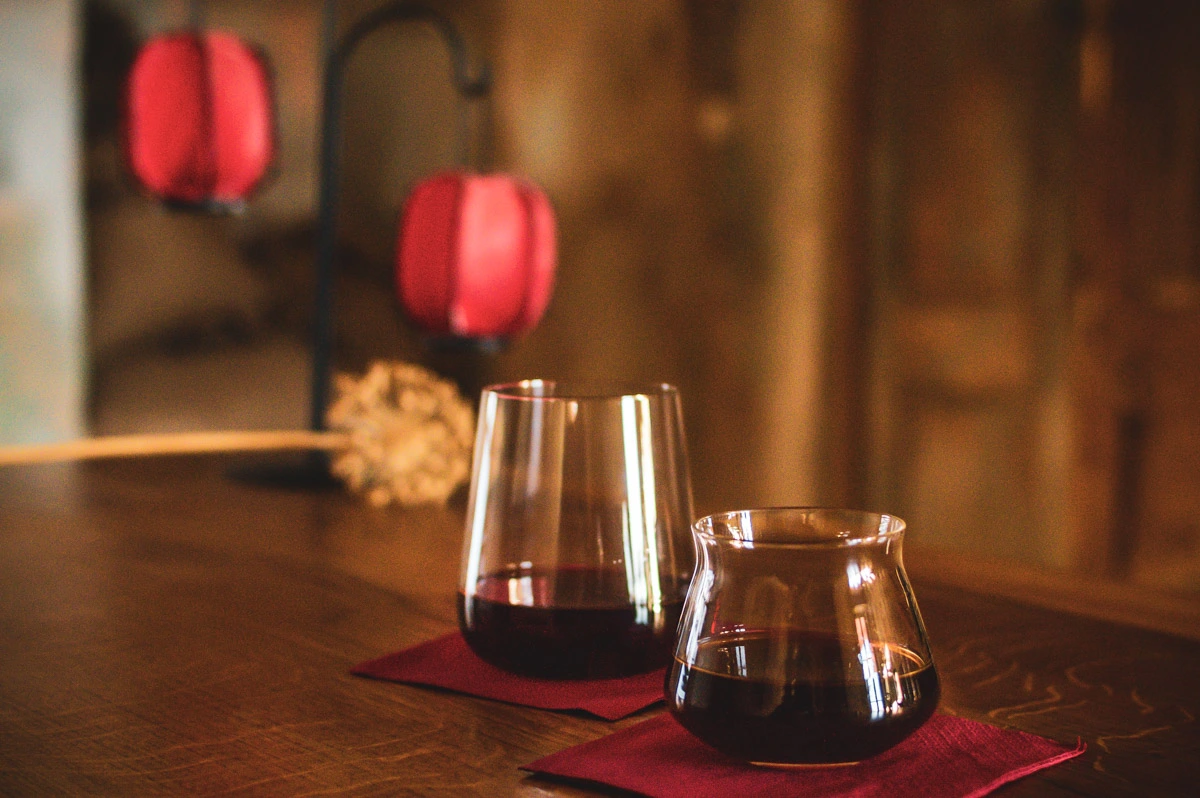The ingredients of vermouth

Vermouth. It just takes its name to evoke a world made of Italian habits and international consumption, of Piedmontese pride and old recipes, as well as cocktails and more recent aperitifs. However,, if we just go back a few years (less than ten) we find out that this noble fortified wine had almost been forgotten, just as it sometimes happens with an opened bottle left in your grandparents’ cupboard. Luckily, this is no longer the case: vermouth has enjoyed a rebirth and has come back in the trendiest bars in the world.
SUBSCRIBE TO BALADIN NEWSLETTER
Ancient history, recent recipe
The history of vermouth starts from an ancient tradition: : that of fortified wines made with the addition of herbs, fruit and spices. Suffice it to think of the Hippocratic wines of ancient Greeks and Romans. The product, as we know it today, was created in Turin at the end of the 18th century, when Antonio Benedetto Carpano, a shop boy, perfected it at the Merendazzo liquor and wine store in piazza Castello (then called piazza delle Fiere). Today, it follows specific product specifications that determine its characteristics. Since 2017, we also have a specification for the “Vermouth di Torino” (or “Vermut di Torino) protected geographical indication, which testifies to the history of its production in the Savoy capital.
The different types of vermouth
According to Italian law, vermouth is a product made up of at least 75% wine, fortified and flavored with an alcoholic infusion of herbs and spices which must include artemisia (mugwort), in the Pontica and Absinthium varieties. It is this herb and its dried buds that mainly characterizes the recipe of vermouth.
Whether white or red (although a rosé version also exists), it is (almost) always made from white wines. The preferred wine was once Moscato d'Asti, while now it’s mainly Trebbiano d'Abruzzo. Until 1912, vermouth was available in only one, deep amber-colored version. It was Gancia who launched the white version, made with rose petals and elderberry flowers. Later, to stand apart from this new white vermouth, the golden version becomes darker, until it takes on a red color and a more bitter and complex character, with dark spices, woods and barks.
For sweetening, the law allows the use of burnt sugar (obtained by heating the sucrose, without the addition of acids or chemical additives), sucrose, grape must and concentrated grape must. Five recognized types of vermouth (white, red, rosé, dry, extra dry) now exist. In their classification, the first three categories have a minimum alcohol content of 14.5° ABV and a minimum sugar content of 130 gr/l. Dry vermouth, instead, has a minimum alcohol content of 16° (although the bottles available on the market are never below 18°) and a residual sugar content of less than 50 gr/l, while the extra dry version cannot be above 30 gr/l.
Herbs and spices
A good vermouth is a symphony of herbs and spices, where none of the botanicals takes center stage, but blends and creates a harmony with all the others, just like an orchestra that plays together. Against a bitter background, we can identify many different flavors, including citrus, balsamic, spicy, flowery and roasted notes. Let’s take a look at the main ingredients that are most often found in vermouth.
- Bitter ingredients. The very important bitter component comes from a wide range of herbs and wood: mugwort is the main one, but different recipes can also contain rhubarb, gentian, hyssop, calamus, angelica, aloe, cinchona and quassia wood. Each of these ingredients gives a particular note of bitterness.
- Aromatic/balsamic ingredients. The aromatic herbs provide a unique range of flavors and a balsamic note that - although with different intensity - must always be present. The most commonly used ingredients in this group are thyme, mint, rosemary, oregano, savory, sage (Sclarea and Officinalis variants), lemon balm, marjoram, fennel, aniseed, saffron.
- Citrus ingredients. The citrus note is very characteristic and gives elegance and freshness. Pink grapefruit, lemon, sweet orange and bitter orange are the chosen ingredients.
- Flowery ingredients. Flowery notes are essential especially in the white versions, which can present scents of chamomile, rose, iris, elderberry.
- Spices. The right choice of spices is an intricate puzzle that requires great expertise when developing a recipe, as it is the ultimate signature of a good product. Some of the possible spices are coriander, juniper berries, nutmeg, mace, cardamom, cloves, cinnamon, star aniseed, ginger, vanilla, tonka beans, coffee, cocoa.



